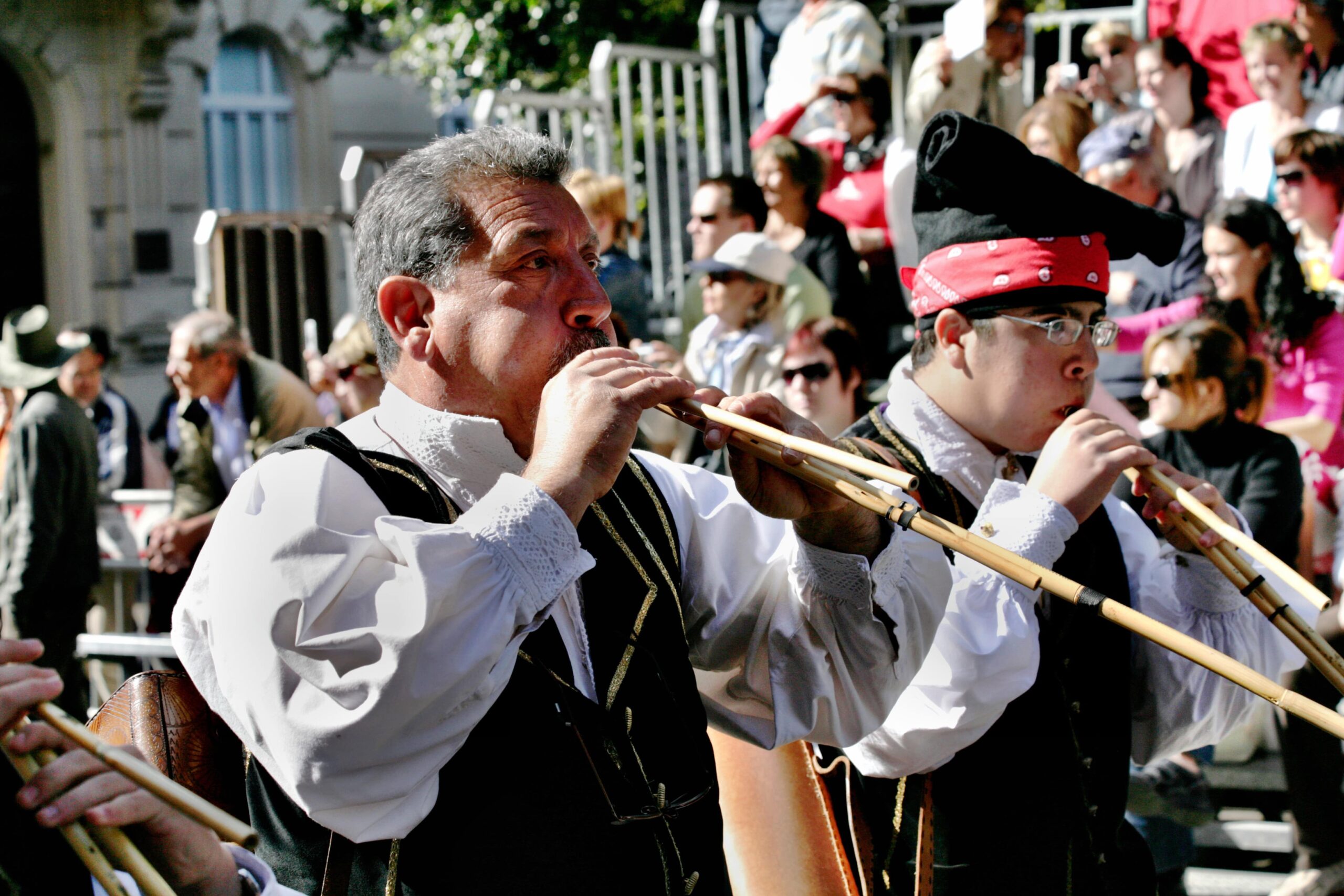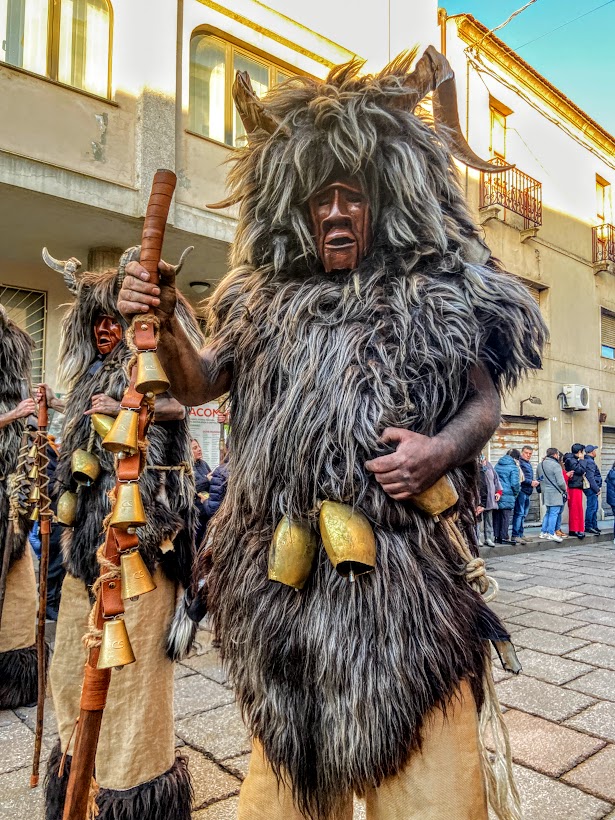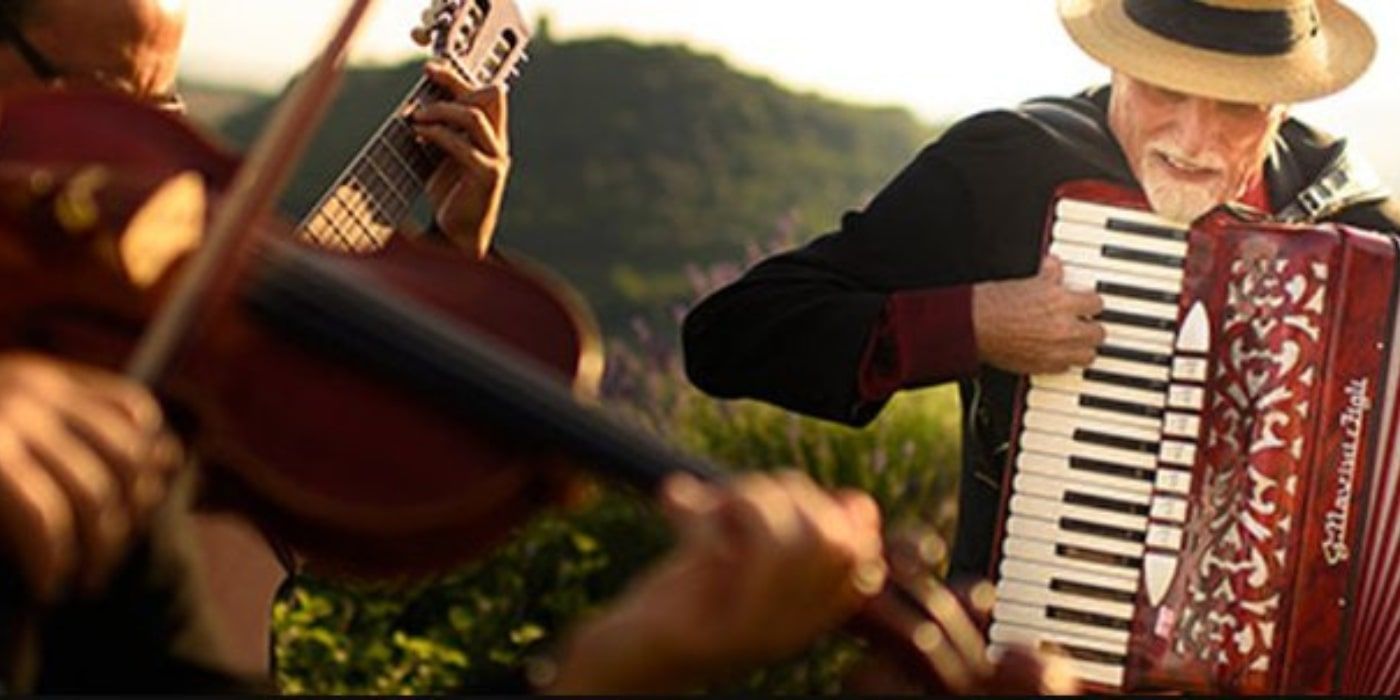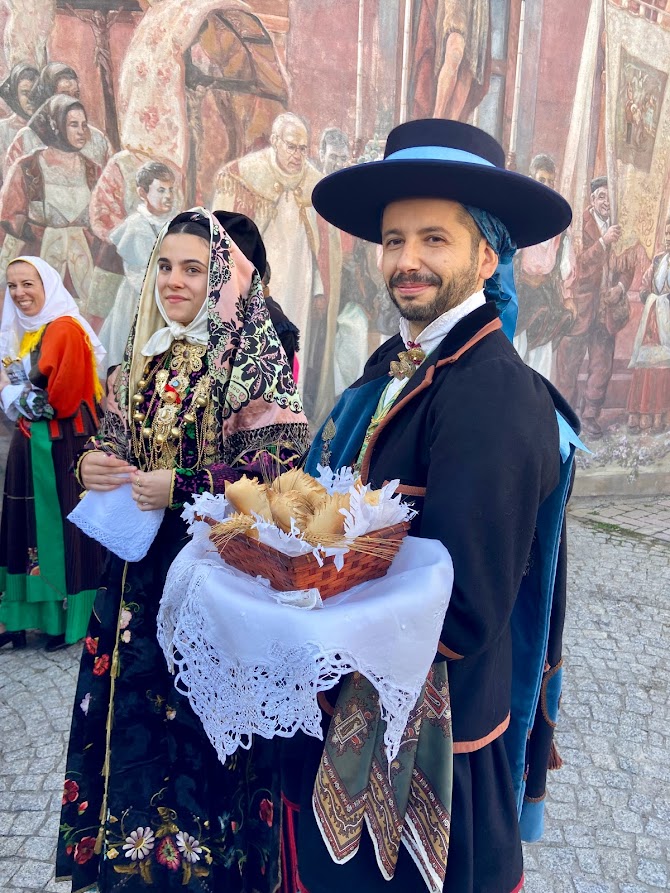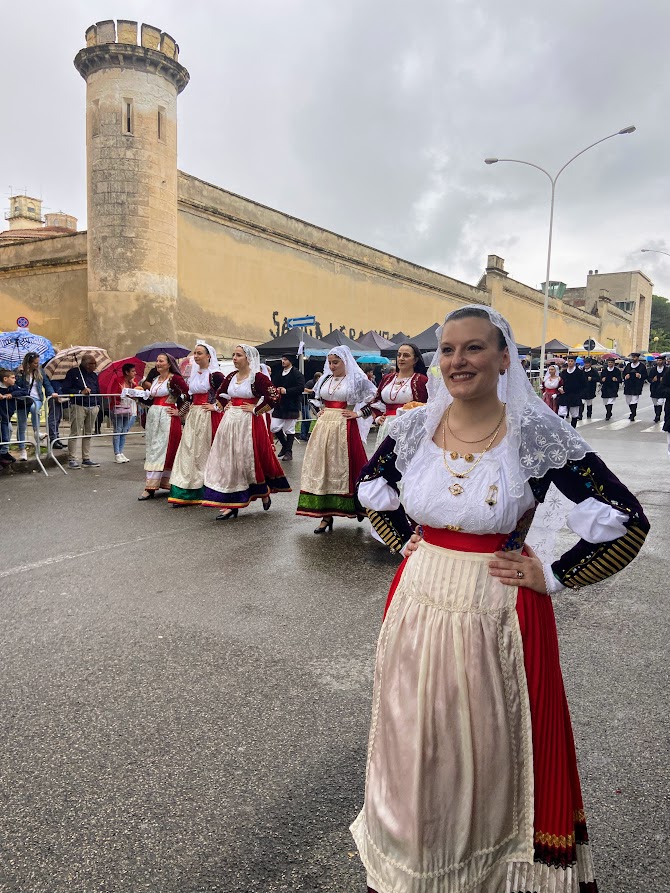
Folk Songs and Dances
Traditional Sardinian music, both sung and instrumental, is one of the oldest and richest in the Mediterranean. Thanks to its long tradition, Sardinia today has a rich heritage of music and songs, that are different and characteristic for each region of the island. It is far from sterile folklore, on the contrary, men and women of all age groups and from all social classes honor it through the tradition of the past and thus contribute to the preservation of their own identity. All over the island, you can still meet various traditional chants and songs, typically at various anniversaries or celebrations (including family ones), originally with a religious connotation, but today more often as a social event. The most famous Sardinian chant is the canto a tenore, a four-part polyphonic song, sung without the use of any musical instrument. It is one of the oldest musical traditions of the Mediterranean, closely characterizing the Sardinian culture, which is even today widespread in the regions of Barbagia, Marghine, Baronia or upper Ogliastra. Live performances of cante a tenore can be heard especially in the summer, at various festivals, mainly in the central and northern part of the island in a community of more than sixty cities, each of which has developed its own local music language over time. The pieces are usually rhyming poems and are sung by a quartet consisting of sa boghe (a solo voice that leads the song), sa contra a su bassu (accompaniment voices that punctuate the syllables with a guttural sound) and sa mesa boghe (a half voice that unify the choir). The soloist typically starts singing, setting the rhythm and tonality, and the other members of the group accompany and follow. Canto a tenore is known worldwide, thanks to the involvement of groups such as Tenores di Bitti and Tenores di Neoneli. The world fame of this phenomenon was also supported by the fact that in 2005 it was included in the List of the Intangible Cultural Heritage of Humanity by UNESCO. Another typical Sardinian chant is cantu a chiterra, widespread in the regions of Logudoro and Gallura. It is a special type of song, born from the influence of Aragonese and Spanish musical traditions between Sardinian-Logudorian population. The guitar, originating from Spain and widespread on the island in the 18th century, accompanies the singer´s voice, sometimes it can also be accompanied by an accordion. You can meet this type of singing especially at village festivals, during which the most experienced singers take turns and sometimes the cantadores (i.e. singers) themselves even compete with each other. Dances, the so-called Su Ballu Sardu, are also an integral part of folk and religious holidays in Sardinia. There is no verified information on the origin of the traditional dances, but it is believed that they date back to prehistoric times and were part of sacred ceremonies to help ensure a good harvest or abundant hunting. Perhaps they were just a diversion for free time or social gatherings. The dances were typically also deeply connected with fire, and even today, on the eve of some village festivities, fires around which dancers dance are lit. In any case, this interesting and very special tradition has very old roots and its own unique charm and has been passed down from generation to generation for centuries. The basic figure of the dancers is a circle. All dancers are holding hands (“a manu tenta”) or arms. The basic movement of the dance is similar to jerking, it uses the torso of the body, accompanied by various steps in accordance with the rhythm of the music. Movement is left exclusively on the lower limbs, the upper part of the body remains essentially motionless. Traditional folk dances can be found mainly in the central regions of the island: Barbagia, Baronia, Barigadu, Goceano, Marghine, Mandrolisai and Montiferru. They dance to the sounds of typical musical instruments – launeddas, a unique wind instrument, or an organita, a small accordion, or to the accompaniment of canto and tenore singing. The dominant choreographic form since ancient times has been Su Ballu Tundu, a stunning dance that primarily expresses joy. You can see it at any festival or celebration, especially in the Barbagia region. It is danced in a circle, the individual dancing couples hold hands with their arms joined and bent at the elbows, and the right foot performs a typical double step. Sometimes, a couple of dancers separate from the circle and start dancing in the middle, usually in two basic rhythms: sa seria (literally slow dance) and the more brisk su sartiu. Su Ballu Antigu is very similar to Su Ballu Tundu, it is also danced in a circle, but the music is slower. This dance is the oldest of all, and even over the years it has retained its original character. It is a very simple dance that anyone can do. People of all ages typically danced the Su Ballu Antigu during village festivals and in the squares, accompanied by the singing of a single voice or tenor choir. Another characteristic dance is Su Ballu a Ulassa,based on three differents tempos, which is danced either by men and women in pairs or by men alone. Other typical dances include Su Passu Torrau or Sa Mamujadina, which were originally danced in honor of the saints. If you visit the villages along the coast or in the mountains, with a little luck you will also have the chance to see Su Dilla, Su Ballu Curridore and even Sa Danza, perhaps the most challenging and tiring.
